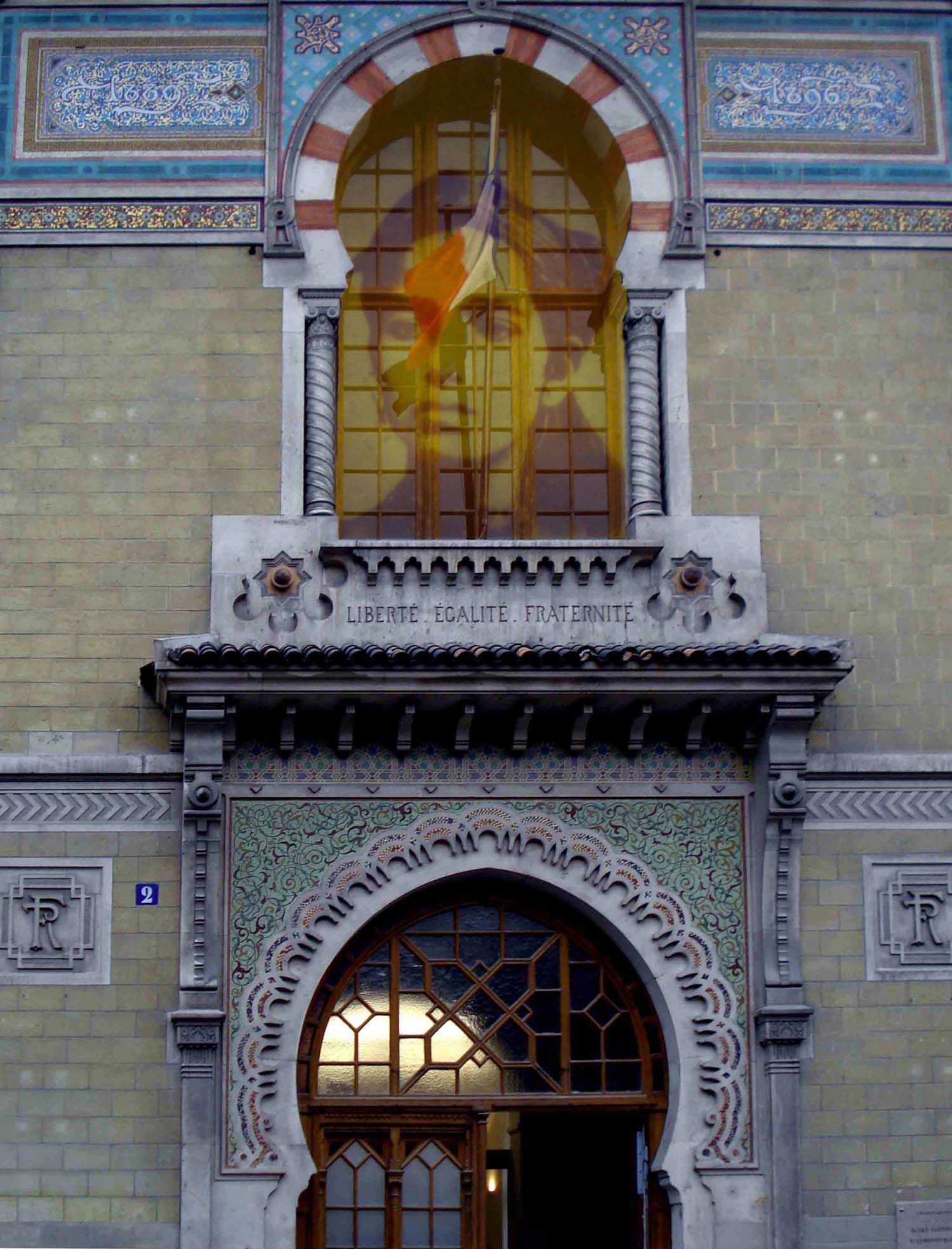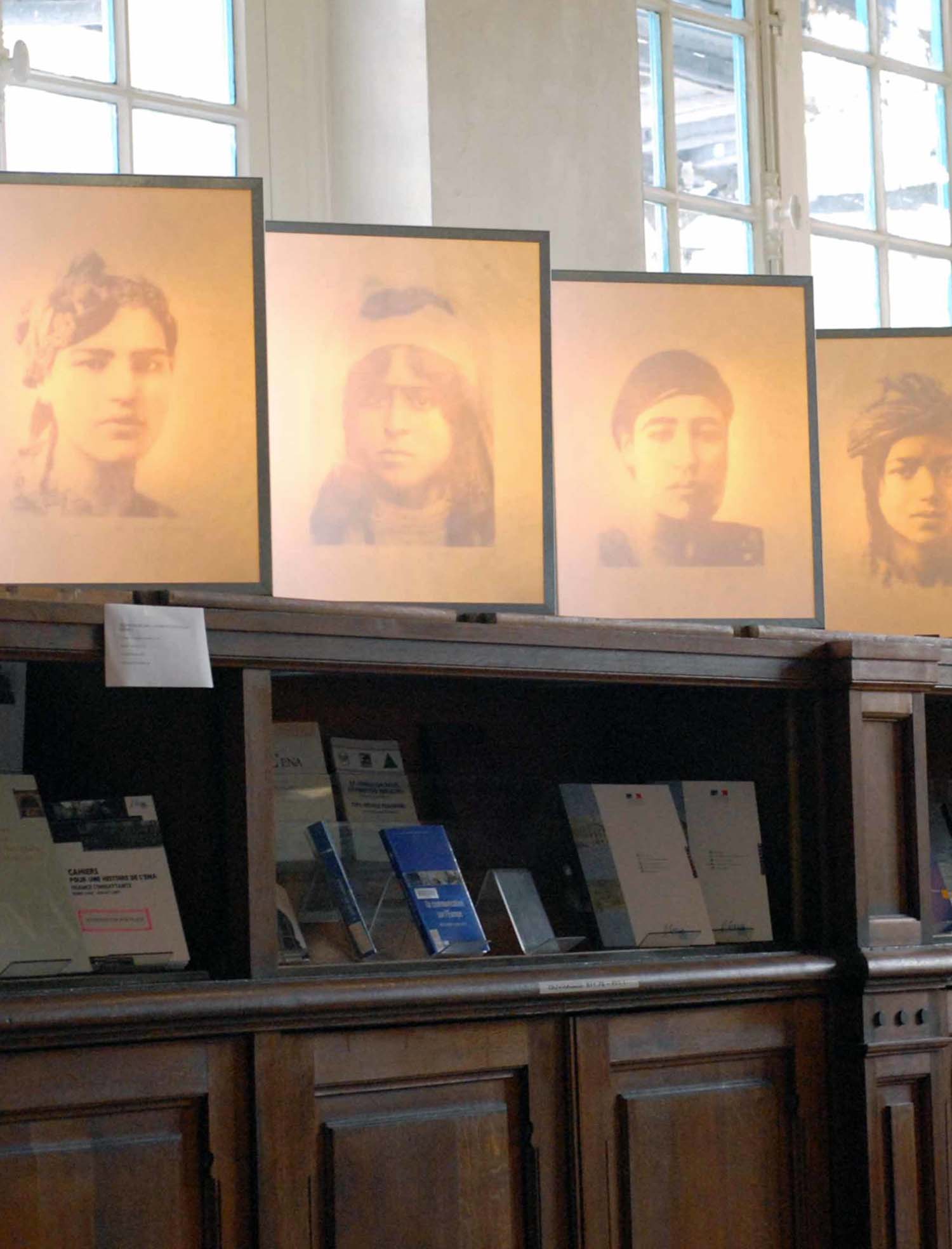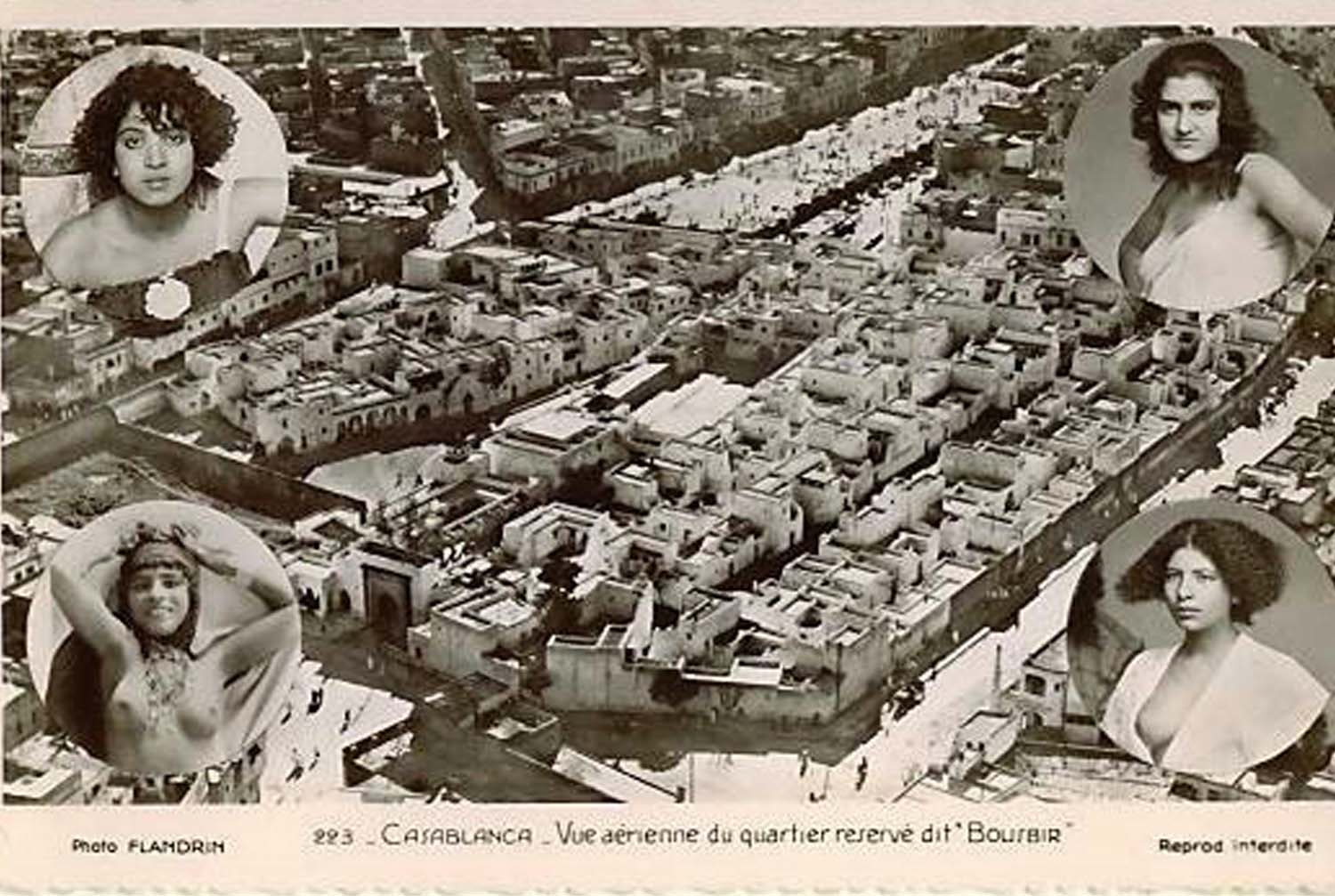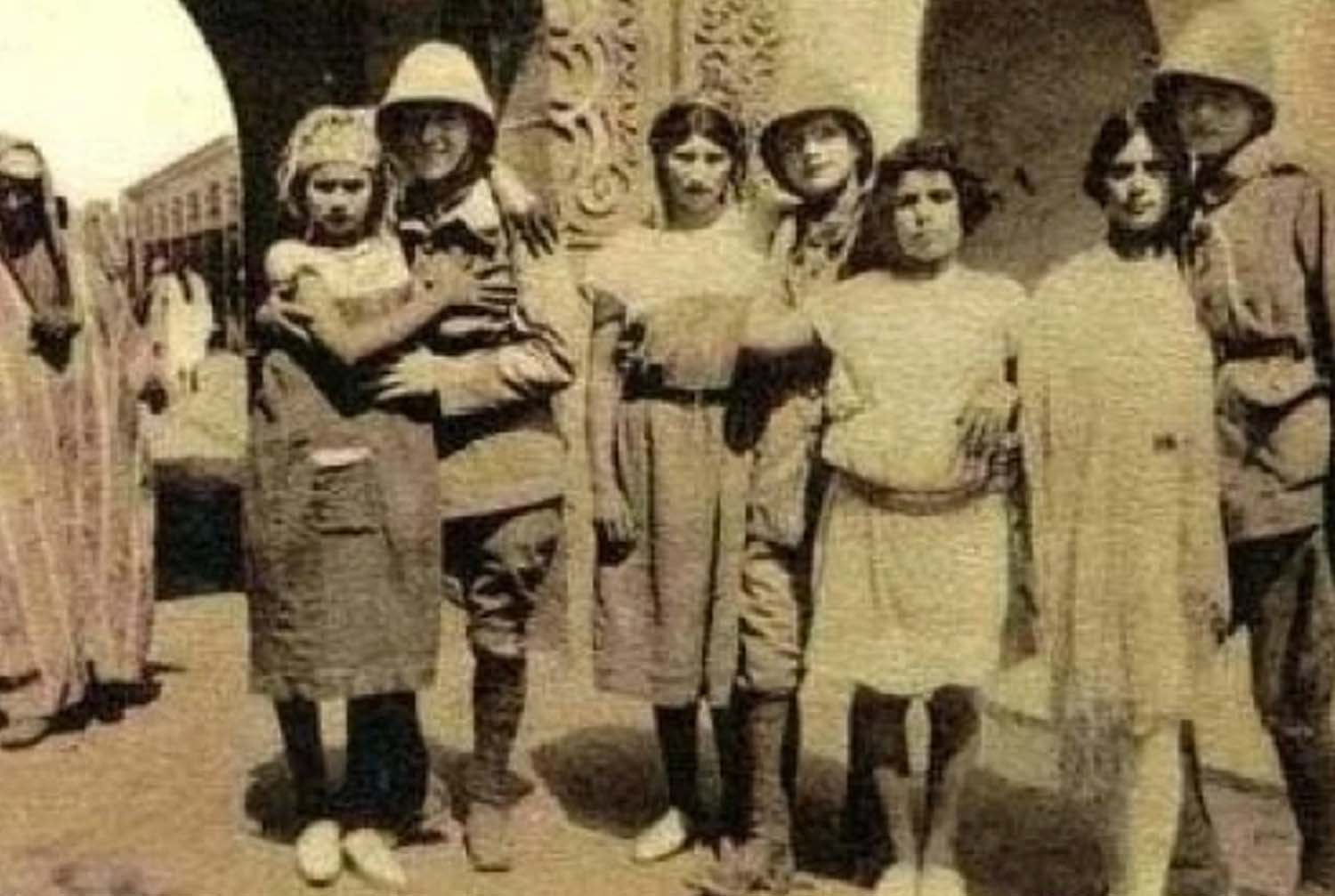COEXISTENCE – EN
Postcards were in daily use in the 1900s and 1920s. These cards circulated by the millions around the world. They helped photography spread into all spheres and tell the story of their time. They were the most common means of correspondence and communication. Women naturally found themselves as models on these media.
During the colonial period, however, they were used in a very particular way. According to Christelle Taraud, the « bare-breasted Moorish woman » – an offered object, a purchasable object – was seen as the antithesis of the veiled woman, always perceived as inaccessible; but also, in a way, as the antithetical figure of the mysterious, sacred and adored woman (Odalisque, Almée, Ouled Naïl…) of the first phase of French colonization. She adds: « Moreover, the colonial postcard is also based on an ‘ethnic’ construction of female otherness. Supposed to be ‘Arab’, ‘Berber’, ‘Jew’ or ‘Negress’, the women depicted are clearly not always so. The whimsical nature of this classification can be gauged by looking at certain images side by side.
The same woman and several different captions – making her sometimes an Arab and sometimes a Jew, sometimes a peasant and sometimes a city girl, sometimes a dancer and sometimes a weaver – show the manipulation. » Even if these photographs were not intended for the colonized, we may well ask what impact these images had, and whether it is possible to trace their effects down the generations.
PRODUCTION 2001
During the colonial period, however, they were used in a very particular way. According to Christelle Taraud, the « bare-breasted Moorish woman » – an offered object, a purchasable object – was seen as the antithesis of the veiled woman, always perceived as inaccessible; but also, in a way, as the antithetical figure of the mysterious, sacred and adored woman (Odalisque, Almée, Ouled Naïl…) of the first phase of French colonization. She adds: « Moreover, the colonial postcard is also based on an ‘ethnic’ construction of female otherness. Supposed to be ‘Arab’, ‘Berber’, ‘Jew’ or ‘Negress’, the women depicted are clearly not always so. The whimsical nature of this classification can be gauged by looking at certain images side by side.
The same woman and several different captions – making her sometimes an Arab and sometimes a Jew, sometimes a peasant and sometimes a city girl, sometimes a dancer and sometimes a weaver – show the manipulation. » Even if these photographs were not intended for the colonized, we may well ask what impact these images had, and whether it is possible to trace their effects down the generations.
PRODUCTION 2001
_________




